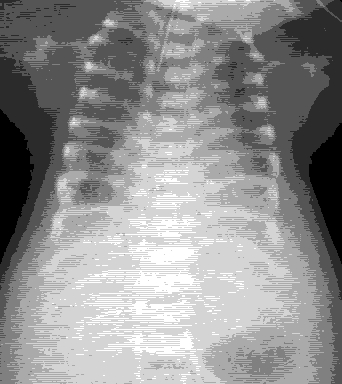Push to cut unnecessary tests
 Authorities have warned doctors are ordering too many unnecessary X-rays for children.
Authorities have warned doctors are ordering too many unnecessary X-rays for children.
Dr Sarah Dalton, from the Royal Australian College of Physicians Paediatrics and Child Health division, says more than 95 per cent of abdominal X-rays for kids with stomach pain did not help.
She also said X-rays were only useful in 1 in 100 children with a chest condition known as bronchiolitis.
The recommendations were made by experts as part of the Choosing Wisely initiative, which aims to prevent over-treatment and over-diagnosis.
Abdominal X-rays require much more radiation than chest X-rays.
“I encourage my colleagues to pause for a second and ask; ‘Is this X-ray really necessary?’” Dr Dalton told reporters.
Choosing Wisely has released 25 new recommendations from a number of medical colleges.
As well as the recommendations about X-rays, the experts say their new occupational health recommendations provides a chance to shine a spotlight on the important role work plays in health and wellbeing.
“We are recommending doctors only certify a patient as being totally unfit for work when it is clinically necessary. Where appropriate we are encouraging willing patients to continue working in some capacity as part of their overall healthcare management,” said President of the Australasian Faculty of Occupational and Environmental Medicine, Associate Professor Peter Connaughton.
According to Safe Work Australia, it is estimated that work-related injury and time off for illness costs the Australian economy around $61.8 billion a year in direct and indirect costs like loss of productivity.
“In addition to the financial imperative to act, as a treating physician, I see the emotional and physical impact not being able to work has on people’s lives,” Associate Professor Connaughton said.
“We are concerned because people declared medically unfit for work often experience a range of issues including: loss of self-esteem, feelings of isolation, depression and anxiety, as well as poorer physical health and slower recovery times from their injuries.
“This is why we are encouraging doctors, patients and employers to focus on capacity, not incapacity. We want to make sure a willing patient can be supported in gradually increasing their activities as part of return to work plan.
“In my practice, I have also found it useful to talk with an employer and patient together about what adjustments could be made in the workplace to best facilitate a speedy return to work,” he concluded.







 Print
Print